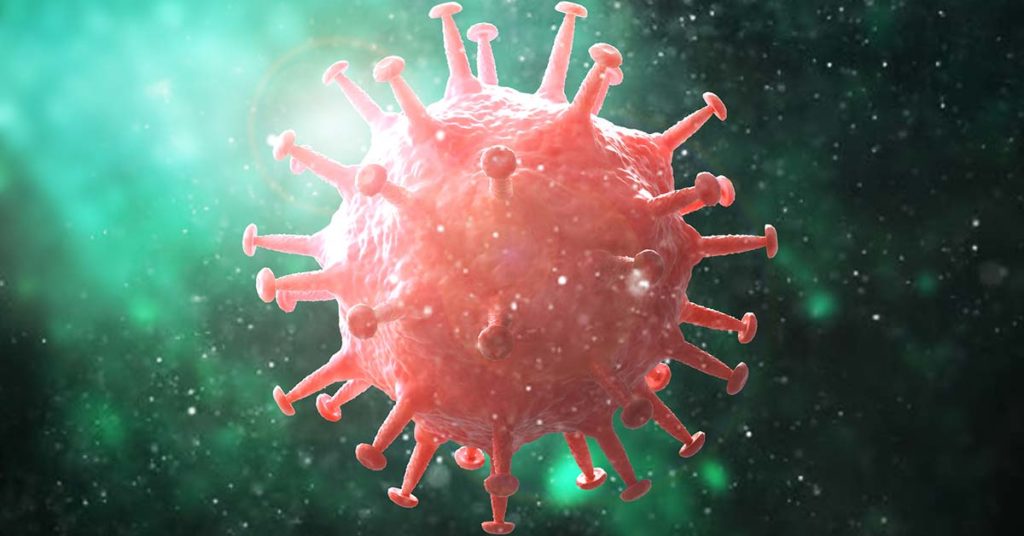
What is Coronavirus?
Coronaviruses cause diseases in mammals and birds that include diarrhea in cows and pigs, upper respiratory disease in chickens and rare, but potentially lethal, human respiratory infections although these are often mild. There are no vaccines or antiviral drugs that are approved for prevention or treatment. (CDC 2019)
There is a new strain of Coronavirus discovered in China recently. This particular strain has been more lethal, meaning that normally healthy humans who get the virus have died. While we don’t have a lot of information about this virus, we have learned from other pandemic outbreaks. A pandemic is an epidemic of disease that has spread across a large region; for instance, multiple continents, or even worldwide.
Global Pandemics
Humans have experienced pandemics through history such as smallpox, the flu and cholera. December 2019 was a milestone with regard to smallpox which has a known vaccine. The World Health Organization commemorated and declared the disease eradicated for 40 years. (WHO 2019) This organization along with the CDC develops vaccines as new strains of flu and other diseases are discovered. The goal is to do the same with Coronavirus.
Who Might Get Coronavirus?
The Centers for Disease Control and Prevention (CDC) is closely monitoring this outbreak caused by a novel (new) coronavirus first identified in Wuhan, Hubei Province, China.
The reason why the China Coronavirus 2019-nCoV is so concerning is because people travel internationally. A person with the virus traveling by airplane or other means of public transportation can spread the virus by coughing or sneezing as it is airborne, infecting unsuspecting passengers. These passengers continue to travel and infect other humans.
It is important to know if you work internationally, particularly with recent travel to or from China, that the most stringent precautions are taken to quarantine the sick and to seek medical attention immediately when exhibiting symptoms.
Flu vs. Coronavirus Symptoms
| SYMPTOM | FLU | CORANAVIRUS |
| Runny Nose | YES | YES |
| Cough | YES | YES |
| Shortness of Breath | NO | YES |
| Sore Throat | YES | YES |
| Fever | YES | YES |
| Headache | YES | YES |
Excerpt from CDC Press Release, January 21, 2020
The first case in the United States was announced on January 21, 2020. The patient reporting symptoms lives in Washington State. CDC has been proactively preparing for the introduction of 2019-nCoV in the United States for weeks, including:
- First alerting clinicians on January 8, 2020, to be on the look-out for patients with respiratory symptoms and a history of travel to Wuhan, China.
- Developing guidance for clinicians for testing and management of 2019-nCoV, as well as guidance for home care of patients with 2019-nCoV.
- Developing a diagnostic test to detect this virus in clinical specimens, accelerating the time it takes to detect infection. Currently, testing for this virus must take place at CDC, but in the coming days and weeks, CDC will share these tests with domestic and international partners
- On January 17, 2020, CDC began implementing public health entry screening at San Francisco (SFO), New York (JFK), and Los Angeles (LAX) airports. This week CDC will add entry health screening at two more airports – Atlanta (ATL) and Chicago (ORD).
CDC has activated its Emergency Operations Center to better provide ongoing support to the 2019-nCoV response.There are ongoing investigations to learn more. (CDC 2019)
Because the symptoms of flu and coronavirus symptoms are similar, it is important to advise healthcare providers if you or a family member has traveled to China recently and is exhibiting symptoms.
Stay Informed
It’s important while the World Health Organization and the CDC evaluate and isolate the virus to keep it from spreading further, that we stay vigilant and watch news reports or visit the CDC website for updates.
Works Cited
“Coronavirus.” Centers for Disease Control and Prevention, Centers for Disease Control and Prevention, 6 Aug. 2019, https://www.cdc.gov/coronavirus/about/index.html.
“Smallpox.” World Health Organization, World Health Organization, 18 Dec. 2019, https://www.who.int/csr/disease/smallpox/en/.
“Novel Coronavirus 2019, Wuhan, China.” Centers for Disease Control and Prevention, Centers for Disease Control and Prevention, 22 Jan. 2020, https://www.cdc.gov/coronavirus/2019-ncov/index.html?DC_AA_refVal=https://www.cdc.gov/coronavirus/novel-coronavirus-2019.html.
“First Travel-Related Case of 2019 Novel Coronavirus Detected in United States.” Centers for Disease Control and Prevention, Centers for Disease Control and Prevention, 21 Jan. 2020,
https://www.cdc.gov/media/releases/2020/p0121-novel-coronavirus-travel-case.html.
